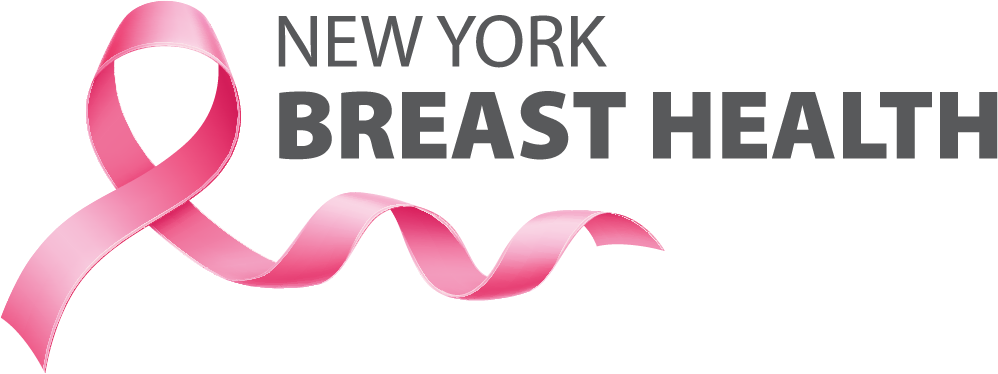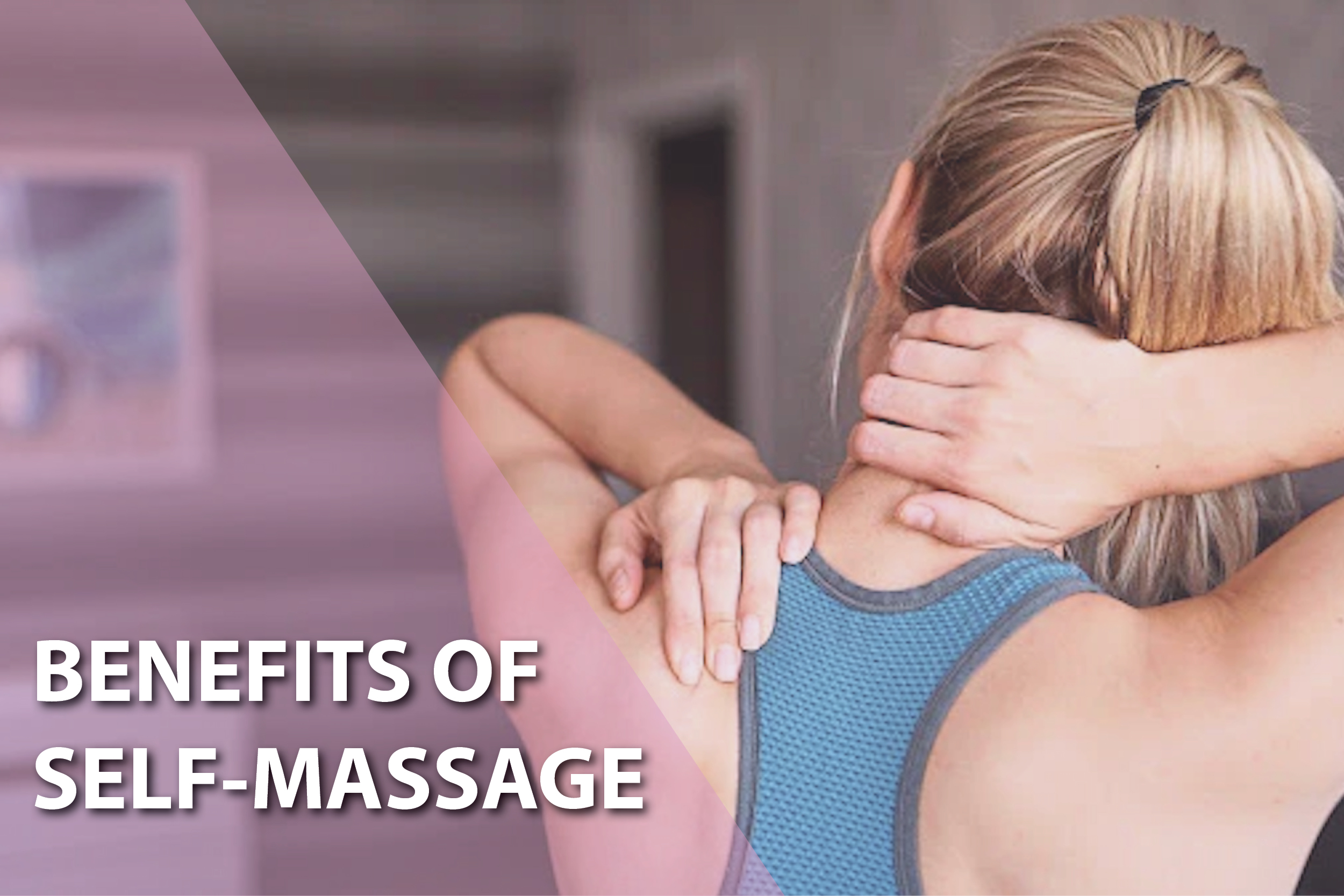Self Massage Techniques to Ease Holiday Stress
The Holiday hustle and bustle is upon us. It’s a joyous time of year filled with gatherings, celebrations, and what can feel like a never-ending to-do list. Whether you’re hosting family, feeling financial pressure from holiday expenses, or if the holidays are a hard time emotionally, it’s imperative to prioritize self-care. There are a variety of self-care practices out there dependent on your free time and wallet, but one tried and true option that’s free and accessible is self-massage. It’s a go-to option that you can incorporate daily to keep calm, relieve stress, and help promote relaxation. So, when you don’t have the time or funds for a spa day, look no further than your own two hands.
Benefits of Self-Massage:
Before delving into specific types of self-massage and areas of the body to focus on, let's explore the potential benefits of incorporating self-massage into your self-care routine this holiday season and beyond.
-
Relaxation: Massage can help relax your muscles, alleviate tension, and break up fascia, helping to calm the nervous system and promote relaxation. This nervous system regulation can even help you with better sleep quality and the ability to catch more Zzzs.
-
Improved Circulation: Gentle massage may promote blood circulation, potentially benefiting overall health and detoxification of the skin and body.
-
Body Awareness: Regular self-massage equips you to become more in tune with your body, allowing you to notice any changes or abnormalities. If you notice something that just doesn’t feel right, you should make an appointment with your doctor so they can take a look. If needed, they will send you for any additional screenings and imaging tests needed to determine what’s going on.
-
Pain Relief: Massaging targeted areas where you experience pain might help alleviate tension and symptoms.
Types of Self-Massage:
Breast and Chest:
Breast massage can help you destress, improve circulation, release pain and breast tenderness, and might support lymphatic drainage.
Find somewhere cozy, put on some relaxing music, and begin by gently massaging each breast in a circular motion, moving from the center toward the outside of the breasts. Focus on one breast at a time. Next, make your way to the armpit and outer edge of the breast, moving upward toward the shoulder joint. Massage your collarbone, shoulder and neck on both sides and follow with a breastbone massage focussing on the center in a gentle clockwise circular motion.
If you, for some reason, notice anything off balance, weird, or what could be a lump, it’s recommended to do a breast self-exam for further exploration of a potential health risk. As always, breast self-exams don’t replace the need for mammograms and aren’t as effective at screening for breast cancer. If you find something abnormal, you should make an appointment with your doctor and discuss the possibility of scheduling a mammogram.
Abdominal:
Abdominal massages can help ease an upset stomach, alleviate stomach pain, aid in healthy digestion, reduce bloating, and even help with bowel movements.
Start by Lying on your back somewhere comfortable, like your bed or a yoga mat. Gently rub your hands together to generate some heat before placing them on your stomach. Next, you’ll want to place your hands on your abdomen and take a few moments to bring warmth to this area while you focus on your breath with deep inhales and exhales. Use gentle pressure and move your hands in circular motions, massaging your abdomen in a clockwise direction using your palms or fingertips. This follows the natural path of the digestive system. Imagine you are tracing the path of your colon. Work your way around your entire abdomen, including the lower, middle, and upper regions. Spend more time in areas that feel tense or tight.
Lower Back:
The lower back often holds tension and can even harbor pain, which is why this area regularly needs extra TLC.
So let the lower back self-massage commence. There are a variety of massages for the lower back. One to start with is by sitting on the floor with your legs crossed and a straight back. Start by focussing on your breath, breathing deeply in and out of the mouth. Place your thumbs on each side of your sacrum and move them in small circular motions up and down your sacrum. If you notice any tense spots, apply some pressure here and release. Repeat this process a few times.
You can also incorporate tools like a foam roller or tennis ball to get deeper into your fascia and relieve any tension in the lower back.
Face:
Have you heard of face yoga? Yes… it’s a thing. Your face is made up of 50+ muscles and face yoga, along with other face exercises and massages, helps target these muscles, increase circulation and blood flow, and reduce tension. It’s even possible that tension held in the jaw can affect other parts of the body.
So, want to try to destress and depuff your face? To begin, you can target the under-eye area, which is one of the most sensitive places on the face. The skin under your eye is thinner than anywhere else on your face. Ensure the skin on your face is freshly cleansed. Apply your favorite serum or moisturizer and begin by lightly tapping the area under your eyes with your ring finger. This tapping motion helps to increase blood flow and can reduce puffiness. With light pressure, make small, circular motions in a clockwise direction. Start from the inner corner of your eye and move toward the outer corner. Repeat this several times. For a lymphatic drainage massage, gently sweep your ring finger from the inner corner of your eye toward the temples, following the natural curve of your eye socket. This motion helps to drain excess fluid and reduce puffiness. Repeat the massage on the other eye using the same techniques. If you’d like, you can incorporate a gua sha tool or roller in your massage mix.
Remember, if you have any pre-existing health conditions or concerns, you should consult with a healthcare professional before starting any new self-massage routines. They can provide personalized advice based on your individual health needs.

